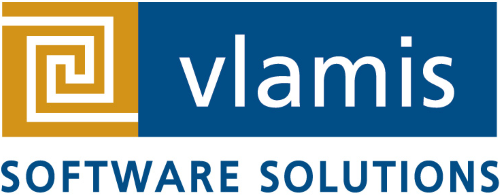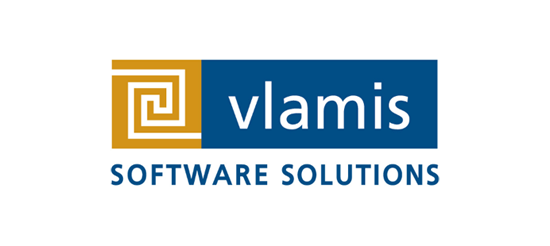My name is Arthur Dayton and I joined Vlamis Software Solutions in December this past year. I just returned from the BIWA summit at Oracle’s headquarters in Redwood Shores, CA where I had the opportunity to hear directly from the Business Intelligence product development teams about their strategic objectives and what they will be working on in the next 18-24 months to achieve those objectives.
Having been a customer, and now working with customers, of Oracle it can feel at times like they aren’t hearing what you have to say about how the products can be improved to better satisfy customer demands and compete against other product sets that appear to be leapfrogging them with key functionality. I’m happy to say that my perception of Oracle in this area and the reality are actually very different and that the development teams have been listening and are working very hard to improve on the end user experience inside of OBI and some of the pain and suffering involved with administering the development lifecycle across environments.
Visual Analyzer (VA) and Business Intelligence Cloud Services (BICS) were topics of emphasis as well as Oracle Transactional Business Intelligence (OTBI). VA is a particularly exciting innovation coming in the 12c version of OBI and addresses many of the difficulties associated with end users ease of use, ease of creating visualizations and most excitingly for end users the ability to quickly and easily combine external data sources with existing OBI data! This addresses a fundamental truth that a purely centralized data architecture, that often applies the 80/20 rule to ETL development, has ignored and, in my opinion, is a driving force behind slow adoption rates. The heavy lifting that IT has done to give the end users 80% of what they need is only valuable in the context of the 100%. So if we can’t enable the users to finish the work that IT will likely never get to, or can’t respond to in a timely manner, then OBIEE is reduced to just another way to barf data into Excel forcing the end users to do the rest of what they need offline. This takes all of the amazing capabilities of the BI Server out of the picture and tanks the ROI of the system because there is no way to bring the “finished” data back online without another long IT project that will begin promptly in the next 8-12 months. The historical justification for this approach has been that we can’t possibly maintain a system that we let the end users add data to so hence we end up maintaining a system that the end users won’t use.
The end users have spoken. What they do want from IT is vetted, reliable and easy to access enterprise information with the capability to deliver that data across distance, device and platform. What they don’t want is a loss of agility and the ability to be responsive and innovative in order to get it. In essence they require a “data development kit” that gives them a flexible means to satisfy their information needs using a common standard. In the same way we in the development community have become accustomed to utilizing open source libraries that can extended to accommodate our particular needs the data consumption community has demanded the ability to do the same.
With 12c, end users of OBIEE will find it much easier to take advantage of the huge efforts that have been put into creating a curated source of the truth, and all of the wonderful visualization and enterprise delivery capabilities of OBI, without having to sacrifice the ability to add data that didn’t make the cut for the data warehouse team. I know this will come with its own challenges and to some it may appear as a return to the old decentralized approach to BI that leads to maintenance nightmares and a divergence from organizational coherence. But we must find a way for users of BI systems to have the best of both worlds that takes advantage of highly curated data in combination with user generated data sources. Necessity is the mother of invention after all and if we are to survive as BI professionals we need to adapt to the reality of the market place. Our end users live in a brave new world where the ability to capitalize on information is increasingly the differentiator between success and obsolescence. Data development cycles that require months or years to apply simply will not be acceptable in this new world and I believe that Oracle has gotten that message and will deliver the tools to its customers to accommodate that reality.



